Our nineteen-day trip to England was all I wished it to be. We made remarkable connections, identified mysterious photographs,
met cousins we’d “known” only through family lore and the Internet,
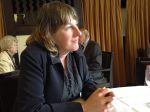 and corroborated so many details of my mother’s story. She had a remarkable memory.
and corroborated so many details of my mother’s story. She had a remarkable memory.
I’ve toured the castle in Yorkshire where my parents met,

viewed the dining room table where they sat next to one another,
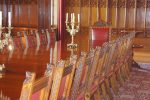
and gazed down at the garden where they first kissed.
I’ve seen the view from her childhood bedroom in her grandmother’s house in the Cotswolds,
sat in the convent school chapel in Ware, Hertfordshire where she attended morning prayers,
peered at the lichen covered gravestones of her ancestors in Surrey,
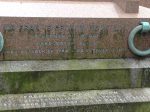
and listened to the Benedictine monks at Ampleforth chant the same Compline service that my uncle heard just weeks before he went to war.
A few days before I left, a fellow writer asked me what I expected to discover from making this personal pilgrimage to England. I told him that I honestly didn’t know, but at the very least, it would enrich the descriptions of the settings in the book I’ve been writing about my mother’s childhood. And remarkably, the settings were all preserved in one way or another. She was there seventy years ago, but she would have recognized every wall, room, view, statue, church spire.
But I came away with more. I understood better my mother’s expectations of a certain kind of upper class life. Every single place we’ve visited from Allerton Castle to Ampleforth Abbey to the Green Jackets Museum to Stanway to Poles Convent School to Fetcham Park are open to the public. At Ampleforth, you can take tea and hear the Benedictine Monks’ Singing the Daily Office. Three of the sites are stately homes, two of them available as wedding venues, while another is a Marriott Hotel and Golf Spa. Although when my mother was there, the buildings were often grim, unheated and somewhat decrepit, (and have now all been rescued and restored), she was accustomed to people waiting on her. When I once pointed out to her that the Rector’s house at Fetcham had considerably more staff than family members, she asked me to read her the list from the 1891 census. “One butler, three housemaids, a laundress, a kitchen maid, a scullery maid, a footman, an underfootman and a groom all employed to take care of four people ‘upstairs.’”
“Well,” she said with a shrug, “in those days servants were family. One passed the job on to another, to a younger sister or brother. It meant they were housed and clothed and fed. Better than being in the poorhouse.” No wonder I often felt my mother was separated from me by more than one generation. No wonder I called this MY OWN DOWNTON ABBEY TOUR.
But I also sensed her need to flee it all… grim, wartime England, the expectations placed on her for a suitable marriage and, as the only remaining child, the role she would have to assume as comforter to her bereaved parents. The war had blown this family apart, and in the post-war years, the losses would deepen.
My mother was a rebel at heart, the one who led her friend, Bee, past the snorting bull at Allerton, who ordered the keg of hard cider delivered to their secretarial school at Stanway, and who danced the night away in the basement nightclubs during the air raids. And the one who at sixteen, fell in love with a 28-year-old American infantryman. When my father threw her a lifeline, she grabbed it and held on, even when it meant that, as an 18-year-old pregnant bride, she had to leave her new husband and her family behind in London to cross the North Atlantic in a convoy dodging U-boats.
You can see the worry in her eyes in this passport photo, taken days before she boarded the RMS Darro for what turned out to be a harrowing transatlantic voyage to start her new life in America, a country where she did not know one single soul. She spent Christmas of 1944 and the first day of 1945 on that ship.
This is my final post on our pilgrimage. There are so many more stories to tell, but I’m saving them for the book. The title is A FRAGMENT OF WHAT YOU FELT, Decoding My Mother. In the months to come I’ll be revising, and I hope, one day soon, to put up a post telling you how and when the book will be published.
Thanks to all the generous people who welcomed us in England, and thanks to my readers for joining me on this journey.
The biggest thanks goes to Jason, my stalwart companion, driver, camera man and unfailing support. He never lost his sense of humor and what’s even more miraculous, one day, in honor of my ancestors, he even put on a tie.
Click here if you want to start at the beginning of the story.
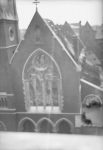
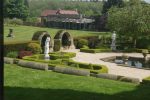
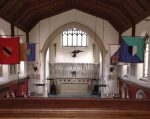
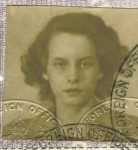
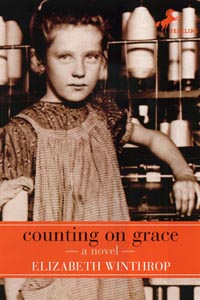
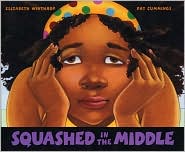
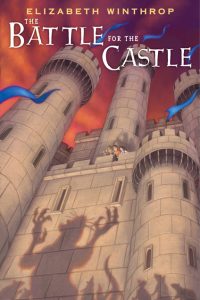
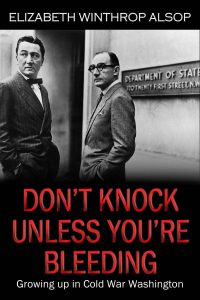
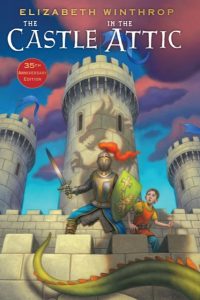
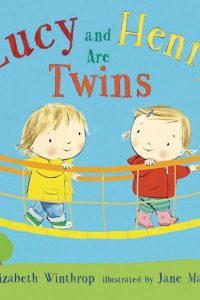
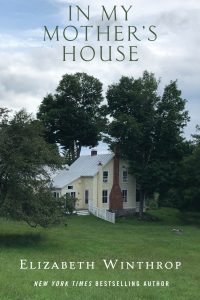
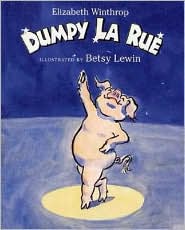
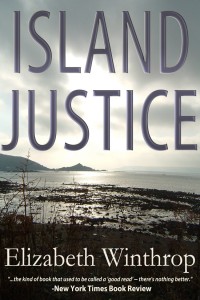

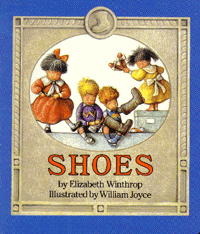

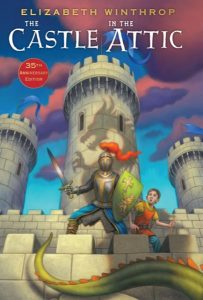

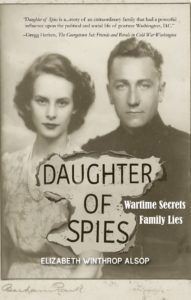
Just loved all of it!